

A.J. Linter - 1935-2007 - Hamburger, Junctions
Collage often involves the extraction of imagery from its original source and re-placing it within a new context so as to manipulate and accentuate it's meaning. In Linter's work what we see is a collection of images brought together by association. By simply arranging images, next to, on top of, around he instantly creates a constellation of visual signs resulting in an overall theme. What the viewer sees is a blended mirage of layers and meaning.
By comparing both Hamburger and Junctions what we can see in both is a sort of case study, as if by looking at these pieces we can gleam an insight into American/ Modern culture. Linter works with the subject's form in order to accentuate the subject's role and function. His patterns and textures take our eyes on an meandering journey, absorbing his carefully selected clues so as to build up an overall impression. In Junctions our eye travels along a confusing path with no end; a representation of the vast and intricately woven network of roads that serve to bring places closer together. At the same time the chaotically arranged junctions spiral into an unnerving maize much like when one takes that fateful wrong turn. On one hand Linter manages to evoke the relentless pace of modern life owing much to the invention of the road, on the other, this web of pathways bridging gaps between countries and communities.
Linter has formed a visual fingerprint of American culture in his piece, Hamburger. Fast food, Disney cartoon and political references litter the space, immediately evoking the associations now inherant to these institutionally recognised icons. By choosing your images carefully you can insert and provoke meaning just by association. For instance, by placing the American flag next to a McDonalds sign our brain assumes it is a comment on American eating habits, whereas if you were to replace the Amercian flag with an image of organic vegetables our brain would forge a debate between healthy and unhealthy food. We just have to look at the world of branding and advertising to know that images play an essential role in consumerist society, subliminally and on the surface. By juxtaposing and blurring pictures you can create impact without words.
Visit: www.ajlinter.com





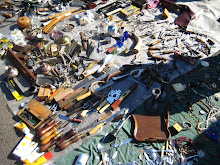
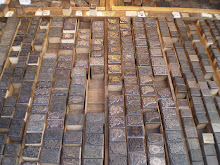
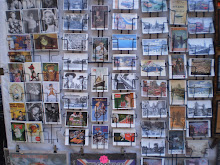
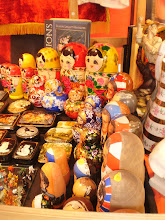
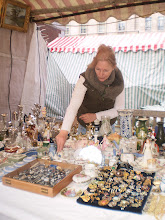

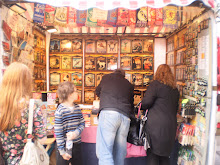
No comments:
Post a Comment
Note: only a member of this blog may post a comment.